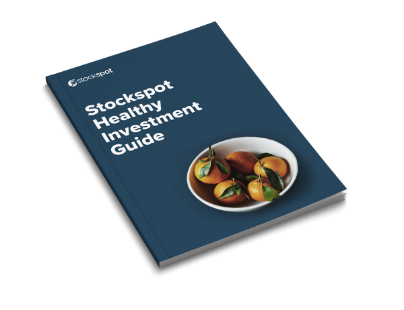Investing in exchange traded funds (ETFs) can sometimes feel like navigating a maze. In this article we walk you through three common mistakes that ETF investors often make and share some easy-to-understand, practical advice on how to avoid these pitfalls.
What’s the first mistake when choosing ETFs?
Investors tend to place an outsized focus on fees when picking ETFs. It’s a natural reaction; after all, keeping costs down is an important part of investing. But there’s more to choosing an ETF than just looking for the one with the lowest fees. You need to also consider liquidity – that’s how easily you can buy or sell the ETF without affecting its price.
There’s also the bid-ask spread, which is the difference between the highest price a buyer is willing to pay and the lowest price a seller is willing to accept. Liquidity and bid-ask spreads are often important factors for investors who don’t have long-term horizons. And don’t forget about the past performance of the index the ETF is tracking.
These factors are just as important as fees when selecting an ETF. Here’s a tip from us at Stockspot: the cheapest ETF isn’t always the best option. Sometimes, an ETF with a slightly higher fee can potentially help you achieve your goals.
What’s the next potential misstep in ETF investments?
A lot of investors choose ETFs based solely on past returns. It’s an easy trap to fall into – if an asset performed well in the past, it should do well in the future, right? Not necessarily.
The truth is, past performance isn’t always an accurate predictor of future results. Instead of putting all your money in assets that have been high performers, consider looking at those that haven’t been doing as well. These underperforming or less popular assets might be undervalued and could provide strong returns down the line.
“The truth is, past performance isn’t always an accurate predictor of future results
What’s the last common error with ETF investments?
The final common mistake is thinking that owning a bunch of different ETFs automatically gives you a diversified portfolio. Let’s say you own a broad Australian share ETF, an Australian share high dividend ETF and an Australian shares ethical ETF.
That might seem like a good mix, but if these ETFs are all tracking similar investments, you’re not really diversified. True diversification is about spreading your investments across different types of assets, like stocks, bonds, commodities like gold, as well as different countries and sectors.
By avoiding these three mistakes, you can set yourself up for great ETF investment performance. Remember to consider factors beyond fees, focus on broad asset classes, and ensure true diversification across your investments.





